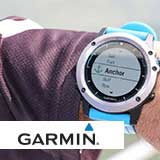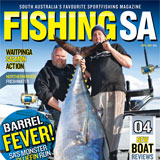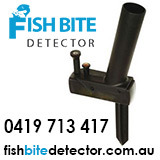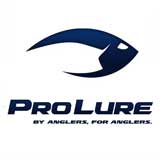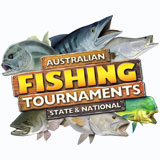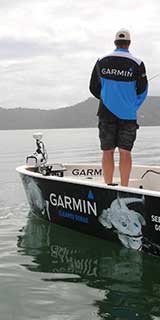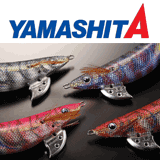Species ID
View AllRed Legged Banana Prawn

Red-legged banana prawns are a large-growing tropical to subtropical species. They are translucent to yellow in colour with tiny dark speckles. They have distinctive red legs and a red tail. Red-legged banana prawns are a bottom-dwelling marine invertebrate that spend much of their time buried in sediment on the sea floor, emerging for feeding, moulting and reproducing. They have a head (carapace), tail, 5 pairs of swimming legs, 5 pairs of walking legs (the front 3 pairs of which have claws) and many pairs of head appendages. They have an external skeleton or shell made from calcium carbonate and chitin, which they must shed so they can grow.
Other names
Indian Banana Prawn, Banana Prawn
Common size
14-17cm
Related species
Eastern king prawn (Melicertus plebejus), Western king prawn (Penaeus latisulcatus), Red spot king prawn (Melicertus longistylus), Brown tiger prawn (Penaeus esculentus), Black tiger prawn (Penaeus monodon), Grooved tiger prawn (Penaeus semisulcatus), White banana prawn (Penaeus merguiensis)
Habitat
Red-legged banana prawns prefer open inshore to offshore habitats with muddy and sandy substrates in water depths up to 90m. Juveniles often prefer the turbid waters of estuaries.
Reproduction
Red-legged banana prawns are bisexual, with females growing larger than males. They mate in offshore waters where males, which must be hard-shelled at the time, insert a sperm capsule into the soft, newly moulted females. The female uses this sperm capsule to fertilise the eggs internally, before releasing the fertilised eggs into the water column some time after. They can spawn more than once per year, depending on water temperature, and females will produce hundreds of thousands of eggs during each event.
Diet
The diet of prawns varies slightly between species but in general they feed on decaying organic matter, plant material, micro-organisms, and invertebrates such as worms and small shellfish.
Buying tips
Prawns should always be eaten fresh, and if not, could pose as a health threat. When purchasing prawns steer clear of those with an unnatural slimy look or blackening to the head, legs and tail. This usually indicates they are old and no longer fresh. Fresh prawns will be evenly coloured, have a slight shine and smell fresh like the ocean. Make sure the heads and shells look firmly connected and intact.
Cooked prawns taste better when boiled in natural saltwater but in some parts of the country, due to bacterial health risks, it is illegal for professional fisherman to cook prawns in natural salt water. If you’re curious to know how they were cooked ask your local seafood retailer when purchasing.
Information courtesy of Department of Fisheries WA and DAFF QLD.
Red-legged banana prawns are found in tropical waters from northern NSW northwards to Shark Bay in WA.
Banana prawns are a medium-sized prawn with a mild, sweet flavour. They are tasty enough to eat by themselves and are also nice marinated on the barby.
- Is a member of the family Penaeidae (penaeid prawns)
- Can grow to 23cm in length
- Red-legged banana prawns are slightly smaller growing than white banana prawns
- Good eating

